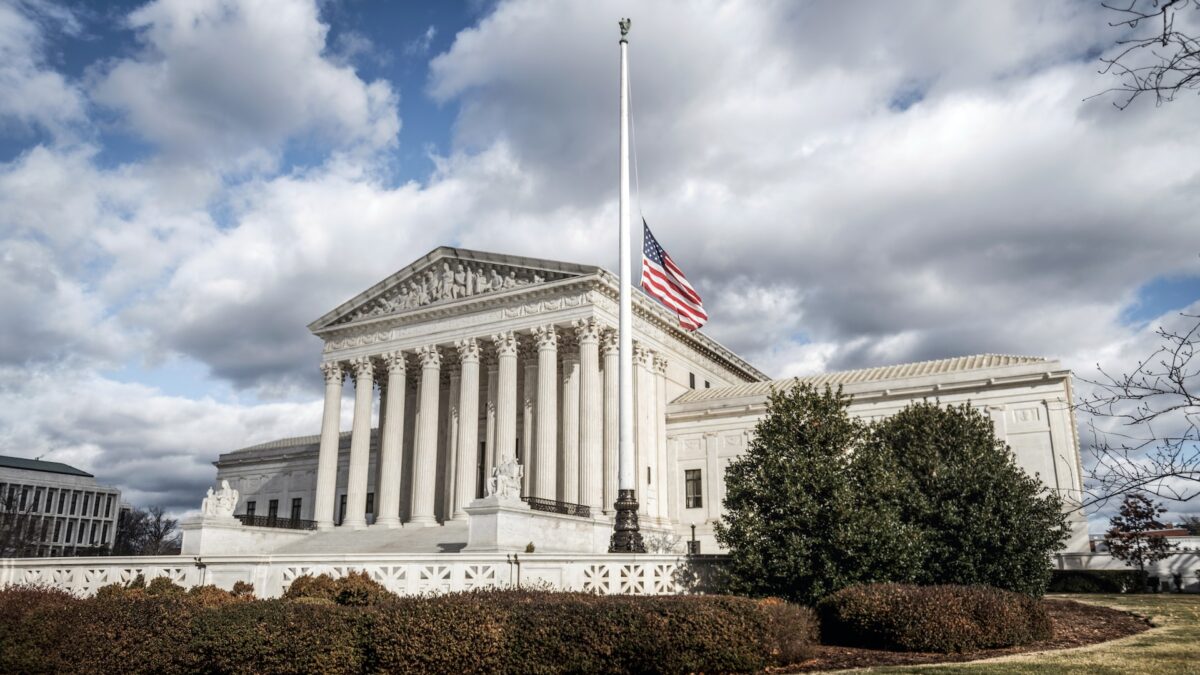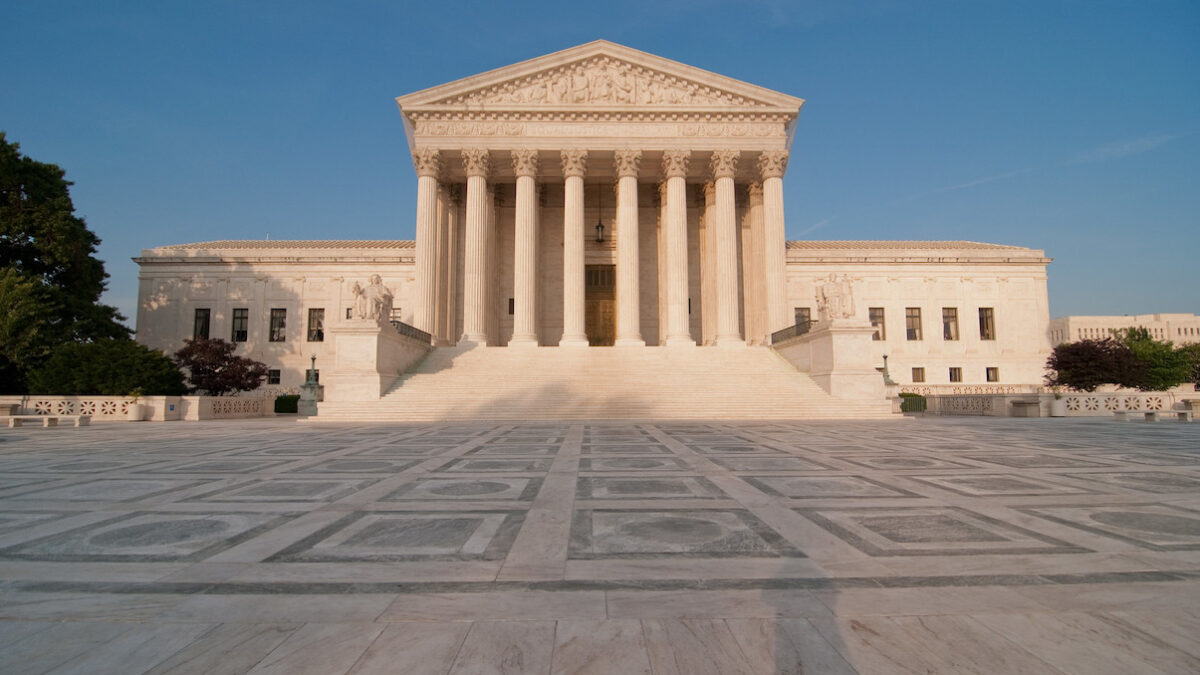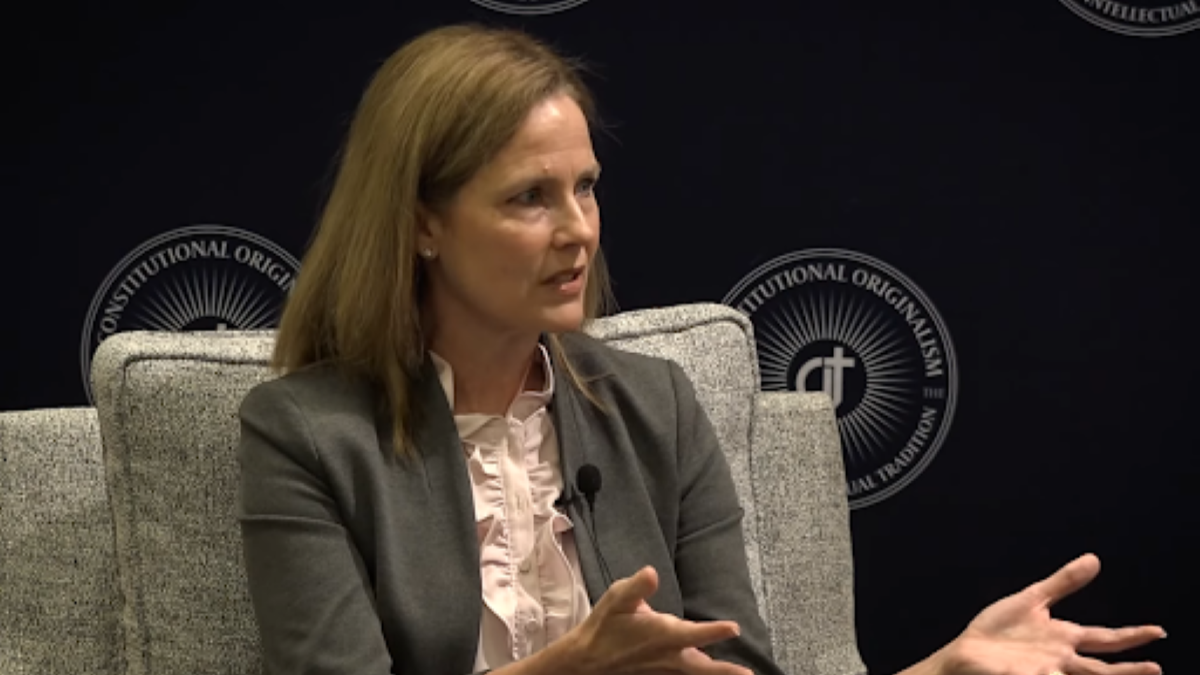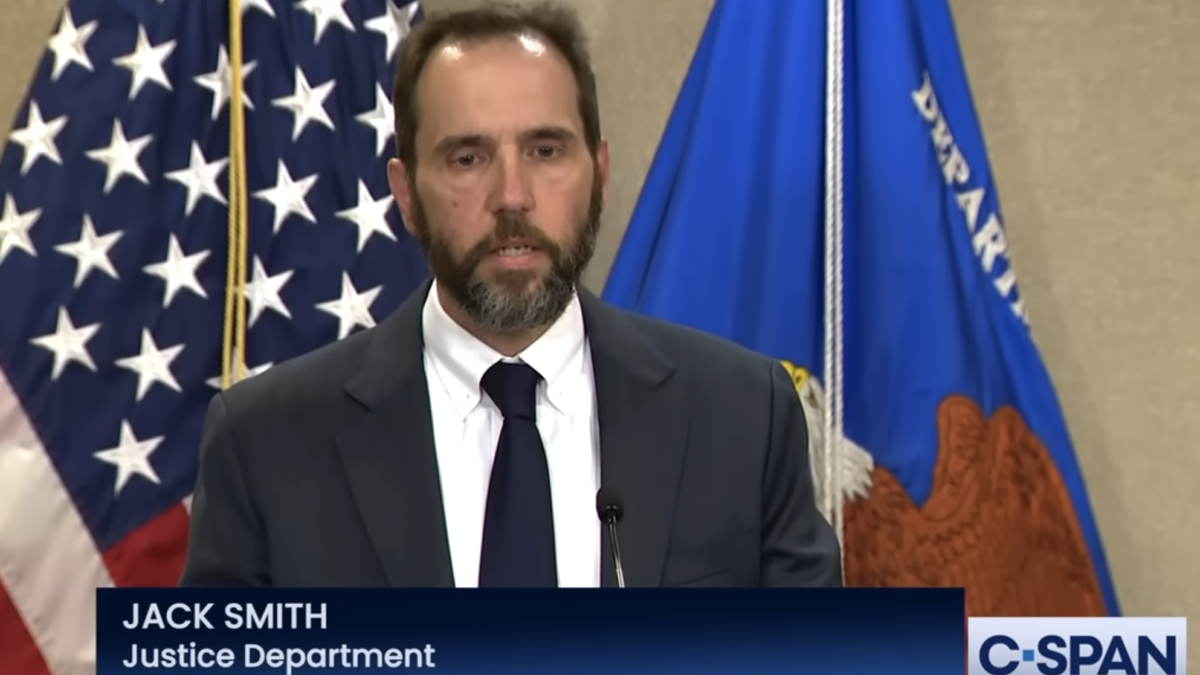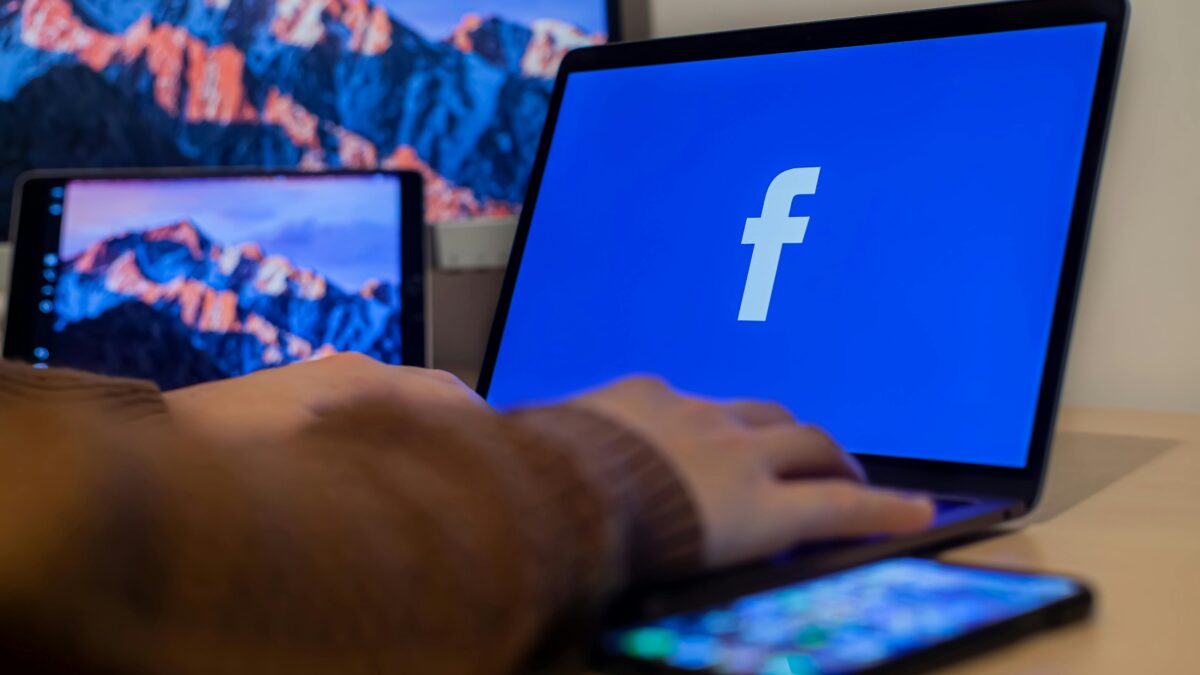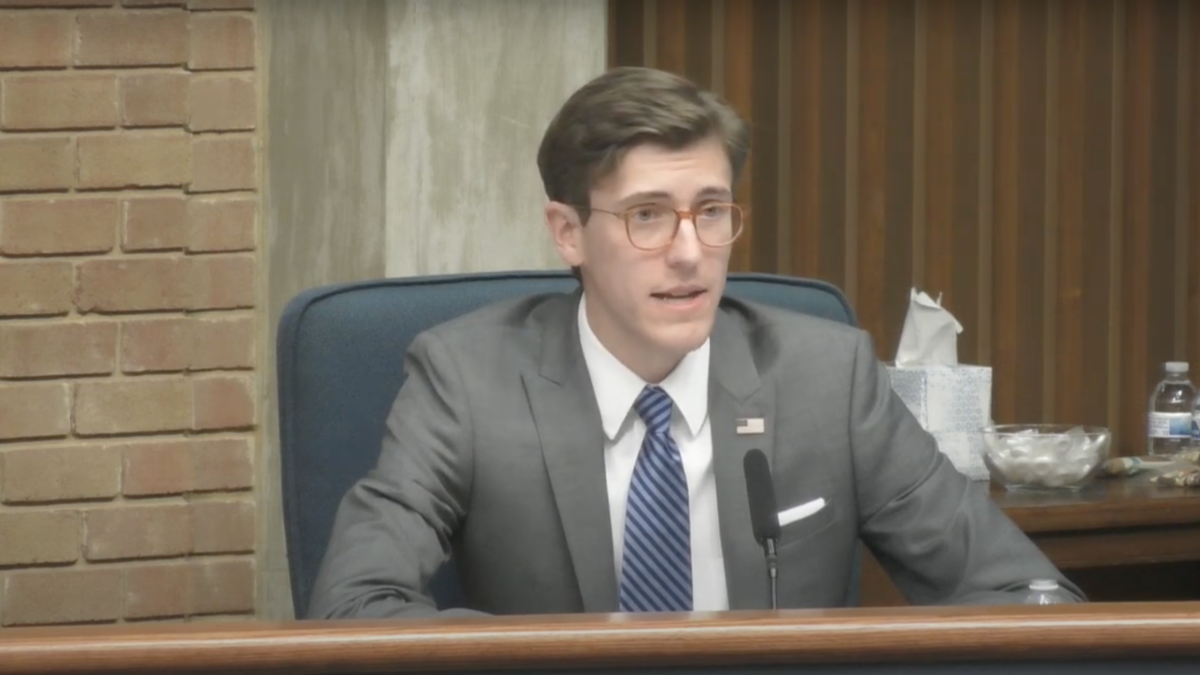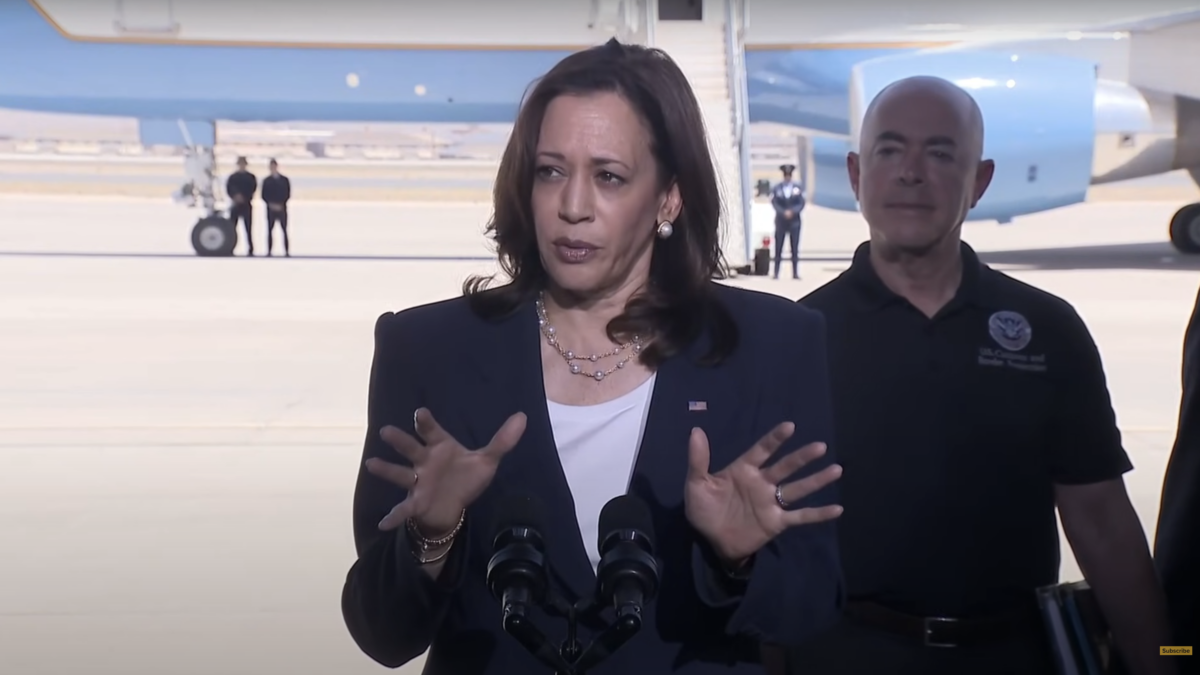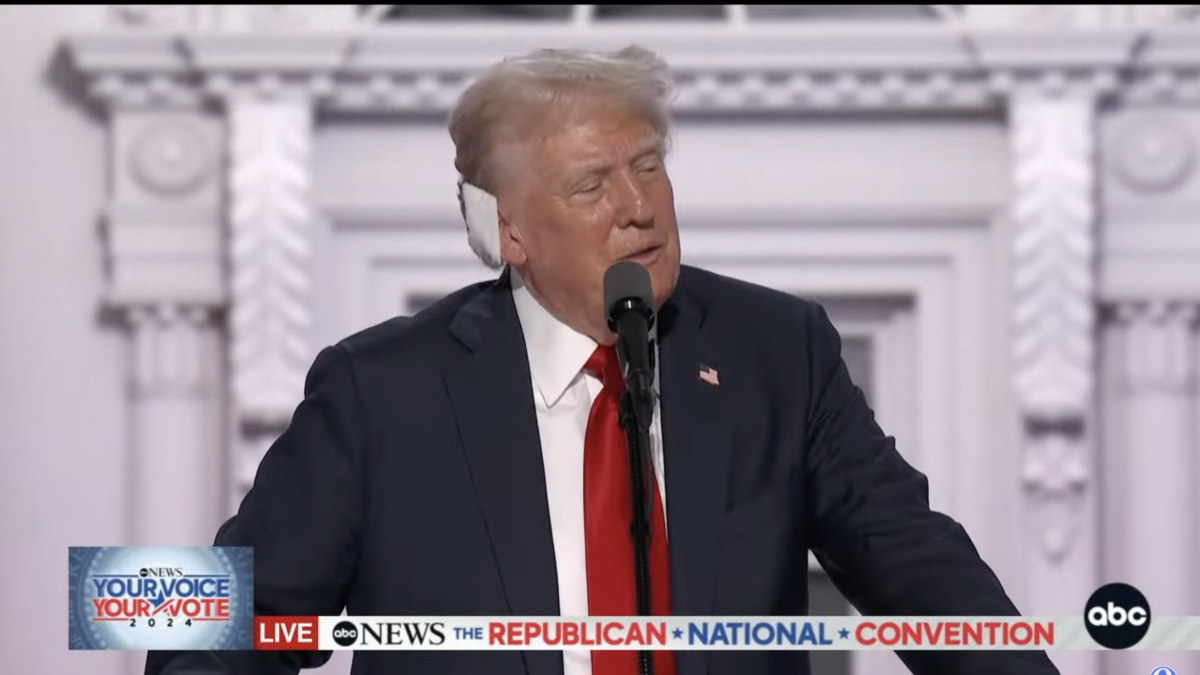Free speech supporters got both good news and bad from the Supreme Court on Friday. The court agreed to look at whether a far-ranging censorship scheme directed by the Biden administration violates the U.S. Constitution.
However, the court blocked a lower court’s temporary restriction on federal agencies’ participation in that scheme until the case is decided, expected to be sometime before the end of June. That lifting of the ban means the Biden administration can resume directing Big Tech companies to censor Americans’ speech and debate.
“[W]hat the Court has done, I fear, will be seen by some as giving the Government a green light to use heavy-handed tactics to skew the presentation of views on the medium that increasingly dominates the dissemination of news. That is most unfortunate,” Associate Justice Samuel Alito wrote in a blistering dissent to the court’s temporary allowance of the censorship regime. Associate Justices Clarence Thomas and Neil Gorsuch joined that dissent.
The other justices did not explain why they decided to allow the federal government to continue its comprehensive censorship of Americans’ speech. The case was originally brought by groups concerned about restrictions on debate regarding “the COVID–19 lab leak theory, pandemic lockdowns, vaccine side effects, election fraud, and the Hunter Biden laptop story.” The groups further allege it was government officials who were “pulling the strings” of that censorship because these officials “coerced, threatened, and pressured” the social media companies.
The United States District Court for the Western District of Louisiana found that the plaintiffs in the case were likely to be able to prove their claims and were facing irreparable harm by the censorship scheme, so it issued an injunction against a variety of federal agencies and officials who are part of the so-called Censorship-Industrial Complex. The injunction was issued, appropriately enough, on July 4, 2023.
“If the allegations made by Plaintiffs are true, the present case arguably involves the most massive attack against free speech in United States’ history,” Judge Terry Doughty, chief judge of the district court, noted in his 155-page memorandum. “In their attempts to suppress alleged disinformation, the Federal Government, and particularly the Defendants named here, are alleged to have blatantly ignored the First Amendment’s right to free speech.”
The block on government officials was immediately appealed. But the United States Court of Appeals for the Fifth Circuit largely agreed with the district court, finding “a coordinated campaign” of unprecedented “magnitude orchestrated by federal officials that jeopardized a fundamental aspect of American life.” In its ruling, it said, “[T]he district court was correct in its assessment — ‘unrelenting pressure’ from certain government officials likely ‘had the intended result of suppressing millions of protected free speech postings by American citizens.'”
However, that court briefly allowed a powerful Department of Homeland Security sub-agency, the Cybersecurity and Infrastructure Security Agency (CISA), to continue its censorship efforts. A few weeks later, it agreed with the plaintiffs that its massive censorship efforts should also be blocked.
The Biden administration filed an emergency application to the Supreme Court asking the justices to allow them to continue their censorship of Americans. For now, they are allowed. Justice Alito argued that if the court had followed its own rules, they should not have been allowed. Those rules include a requirement that the government must make a “clear showing” of “irreparable harm” if it’s not allowed to censor. Further, it must show that the irreparable harm is not just possible but “likely.”
“Here, the Government’s attempts to demonstrate irreparable harm do not come close to clearing this high bar,” Alito wrote. That’s because the government only offered hypothetical examples of things that government officials might want to say in the future and argued that those statements might be chilled. But none of the offered statements actually relate to the ban on censorship, Alito said.
For example, the government said that a ban on censorship of Americans’ free-speech rights would keep President Biden from speaking to the public about issues of concern. But not only was Biden not one of the federal officials barred under the block, the injunction wouldn’t keep any government official from speaking on matters of concern. It would, however, keep them from censoring other Americans who are entitled to exercise their First Amendment rights.
“The injunction applies only when the Government crosses the line and begins to coerce or control others’ exercise of their free-speech rights,” Alito wrote. “Does the Government think that the First Amendment allows Executive Branch officials to engage in such conduct? Does it have plans for this to occur between now and the time when this case is decided?”
While the lifting of the block on the government’s censorship efforts was disappointing for free-speech advocates, they also celebrated the news that the Supreme Court would be hearing the case. Sen. Eric Schmitt, R-Mo., filed the original lawsuit in 2022 when he was serving as the Missouri attorney general.
“[T]he nation’s highest court will hear one of the most important free speech cases in a generation. I’m proud to have filed this case when I was Missouri’s Attorney General, and will always fight to defend free speech,” Schmitt said in a statement.
